Charente-Maritime is a department located north of the Nouvelle Aquitaine region. Its main towns are Rochefort, its rope factory and its arsenal from which Hermione left for America; Saintes, its arenas and the St Eutrope basilica; the old fortifications of Vauban and the 4 islands (Oléron, Ré, Aix and Madame) and La Rochelle.
Thanks to tourism and gastronomy, the department offers visitors a whole range of specialties including oysters from Marennes, bouchot mussels, cognac and Pineau, salt and potatoes.
Water sports (sailing, surfing, kite-surfing, kayaking, paddleboarding, etc.), horseback riding and cycling allow you to discover the landscapes.
Charente Maritime hosts many cultural, musical, sporting and associative events including trade fairs, festivals, the Grand Pavois … or the Grand Aquarium of La Rochelle which houses more than 600 species of fish in an area of approximately 8,500 m2 and accommodates nearly 800,000 visitors per year.
The Grand Aquarium of La Rochelle
René Coutant (1910-1984), manufacturer of aquariums, exhibited his collection of fish for the first time in 1972. The aquarium was destroyed in a fire in July 1985 then rebuilt 3 years later near the Port des Minimes, on 1 600 m² with 36 aquariums.
In 2001, the aquarium moved near the Old Port; 3 million liters of seawater are needed for aquariums, half of which is in the shark tank. It becomes one of the largest European aquariums with 8 rooms and a tropical greenhouse.
Atlantic Room:
Local species from the Charente-Maritime and foreshore coasts (cuttlefish, rays, soles, speckled seahorses, etc.).
Mediterranean Room:
Fish, invertebrates and corals from the Mediterranean Sea (saltwater fish, cardinal fish, red coral, etc.).
Oceanic environment:
Fauna off the African coast (barracudas, trevally, guitar rays, etc.).
Jellyfish area:
Jellyfish from tropical and temperate waters. 2 aquariums also house animal and plant plankton.
Caribbean Room:
Species living in the Caribbean (diodons, angelfish, surgeonfish, etc.). are distributed in 5 aquariums. A mangrove is also reconstituted on a terrarium.
Indo-Pacific Room:
Various species of fish, invertebrates and corals coexist in the great barrier reefs, the Hawaiian archipelagos and the Red Sea. The nocturnal reef life can be admired in 3 dark aquariums: bioluminescence, fluorescence and light absorption. A final aquarium shows cuttings of corals.
The shark aquarium:
Bleachers are installed to observe different species of sharks (sawfish, gray sharks, bulls, etc.) evolving in an aquarium.
The amphitheater aquarium:
In the amphitheater’s aquarium, schools of surgeonfish and jacks roam among moray eels, a green turtle and a tortoise shell. The amphitheater behind the aquarium offers film screenings.
The tropical greenhouse:
Composed of 3 aquariums and a turtle river, the tropical greenhouse, its palm trees and vegetation ends the visit.
The Center for Studies and Care for Sea Turtles
Not far from the aquarium, the Center for Care and Studies for Marine Turtles (CESTM) takes care of turtles stranded on the coasts of the Atlantic Arc at the Opal Coast, because of waste, transport maritime, or the cooling of waters. They confuse them with the jellyfish on which they feed.
Supported by the Ministry of Ecology, Sustainable Development and Energy, the center aims to actively participate in the conservation of these species through scientific research aimed at better understanding their behavior and thus contributing to their protection. After having treated them for several months, the center releases them at sea, once they have recovered.
“The sea is not a garbage can”
An awareness campaign “The Sea is not a dustbin” has been launched since 1996 by the Aquarium of La Rochelle. It aims to raise awareness and educate the public about the danger that plastic bags thrown into the sea represent for sea turtles. Actions take place on the coastal beaches with the sponsorship of Isabelle Autissier and Nicolas Hulot.
The La Rochelle aquarium is open every day without interruption from 10 a.m. to 8 p.m. from October to March, from 9 a.m. to 8 p.m. from April to June, from 9 a.m. to 11 p.m. in July-August and from 9 a.m. to 8 p.m. in September.
The ticket price is € 16.50 for adults (€ 19 with audio guide) and € 12 for children aged 3 to 17 (€ 14 with audio guide).
Access is free for children under 3 years old.
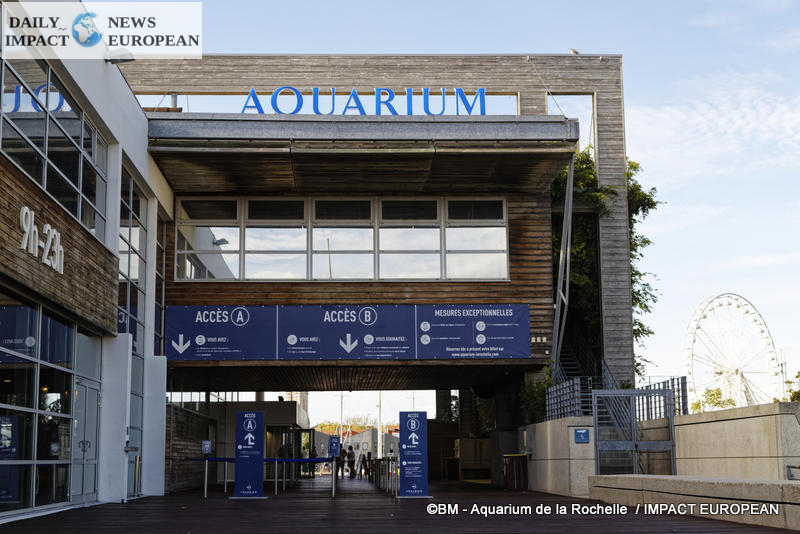
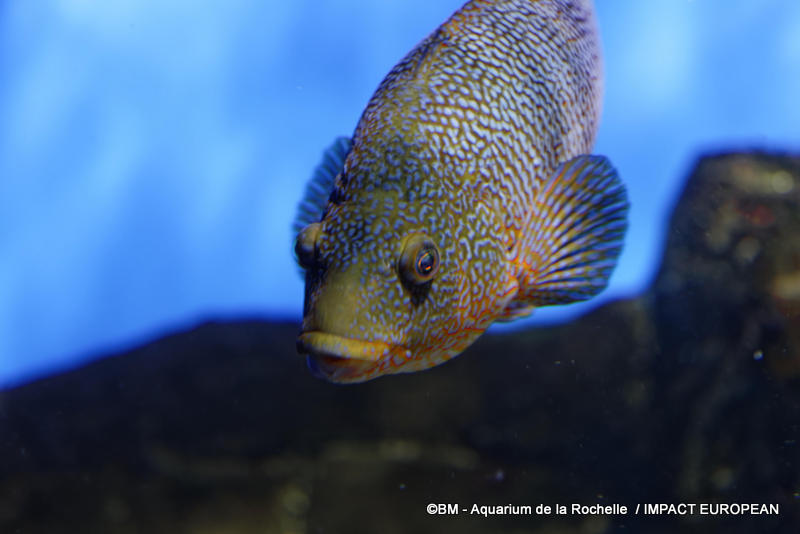
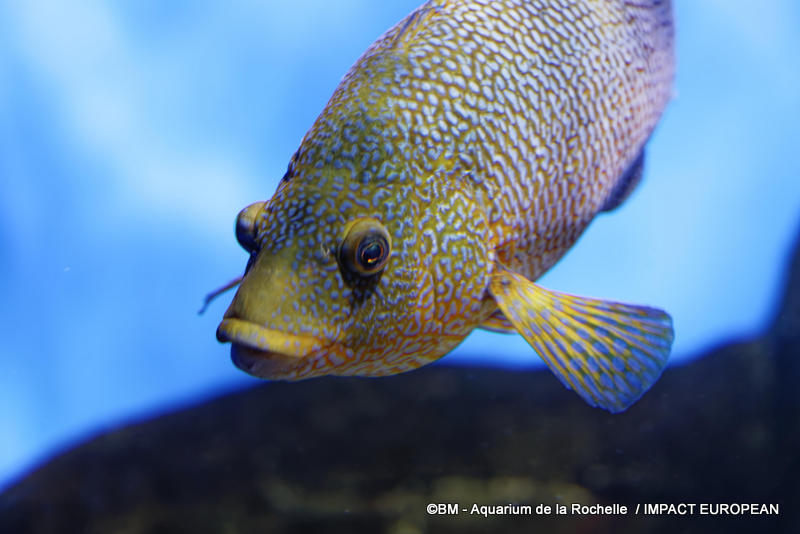
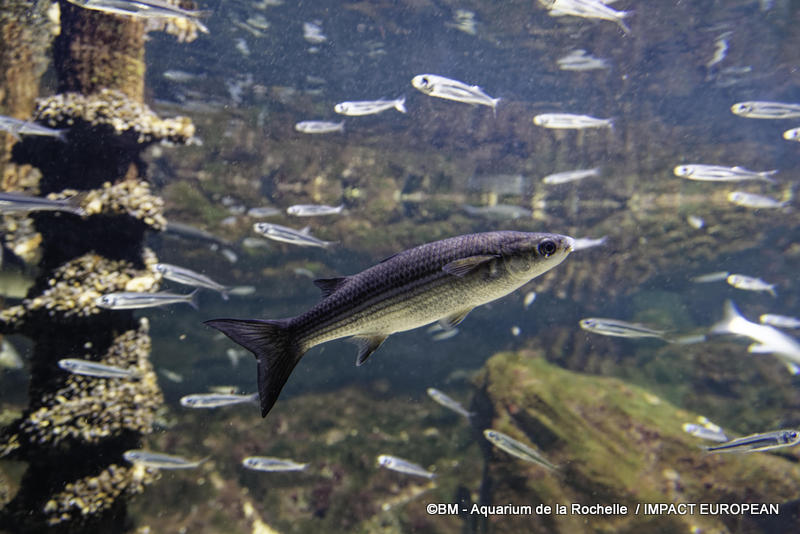
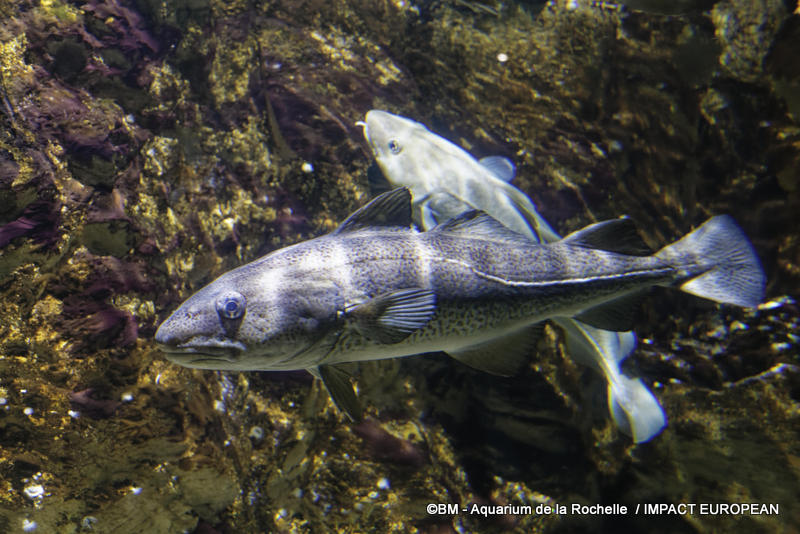
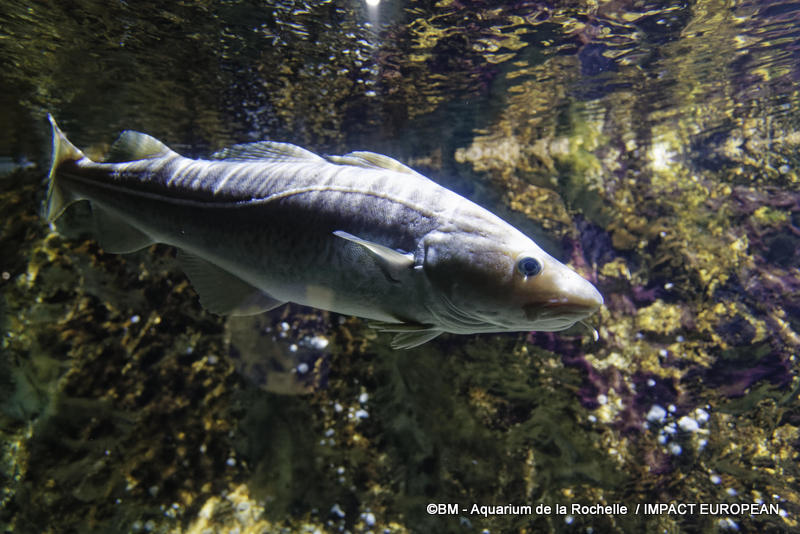
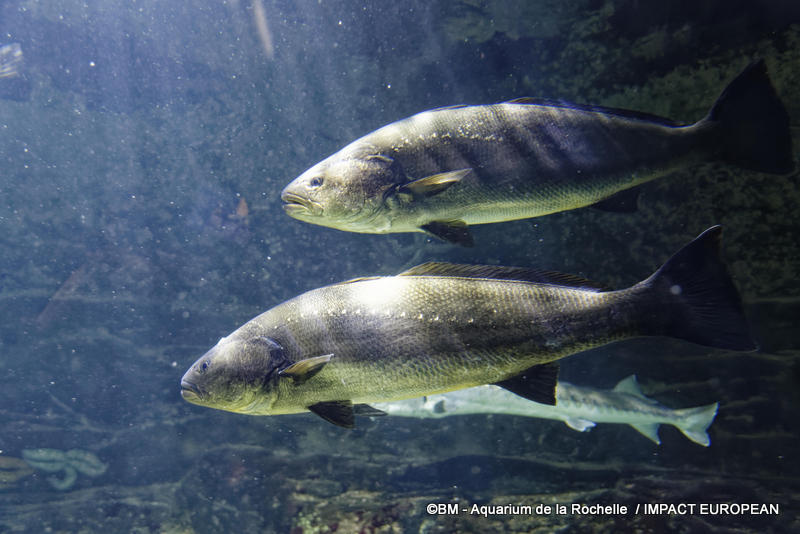
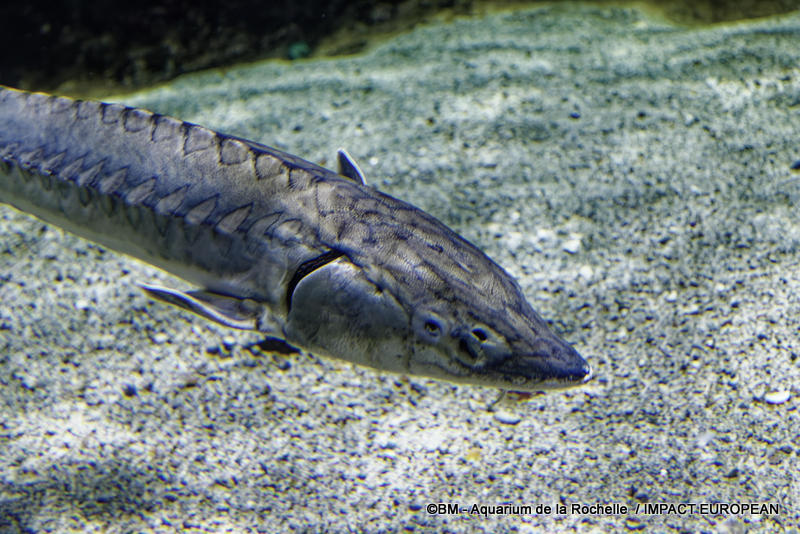
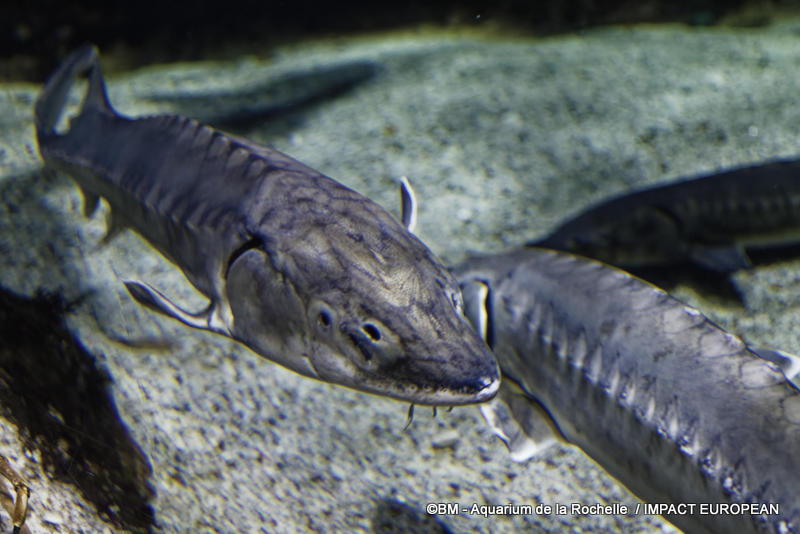
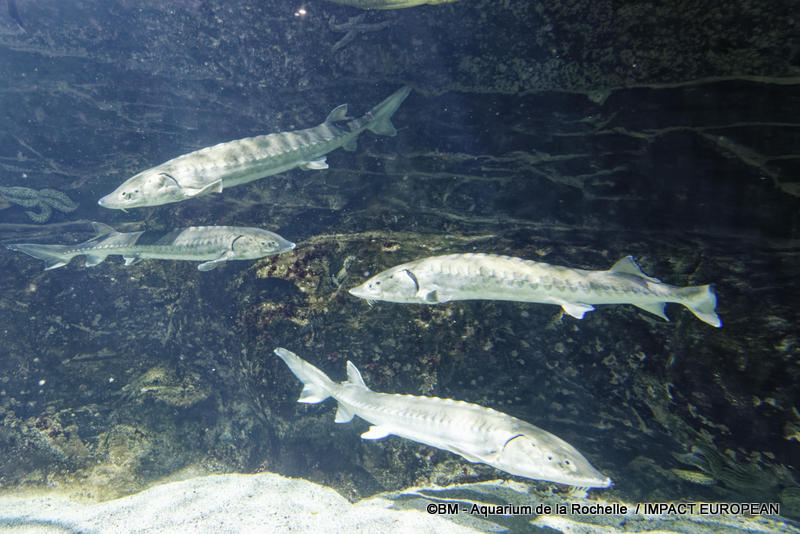
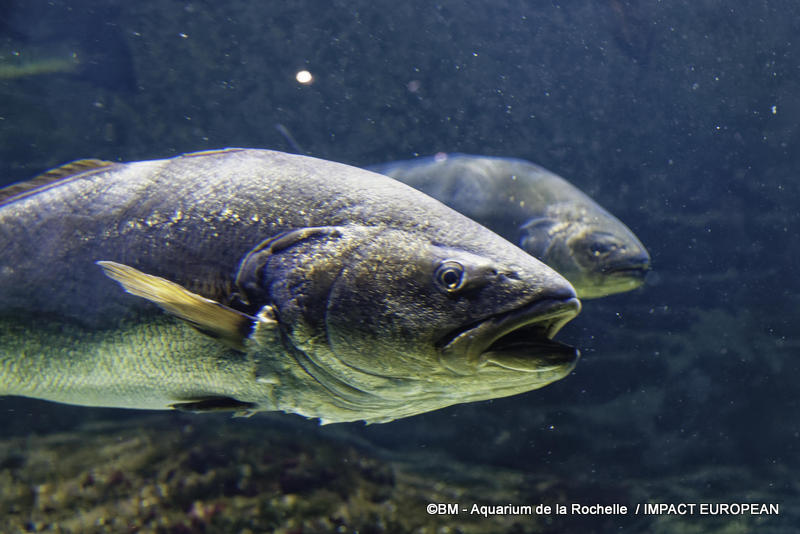
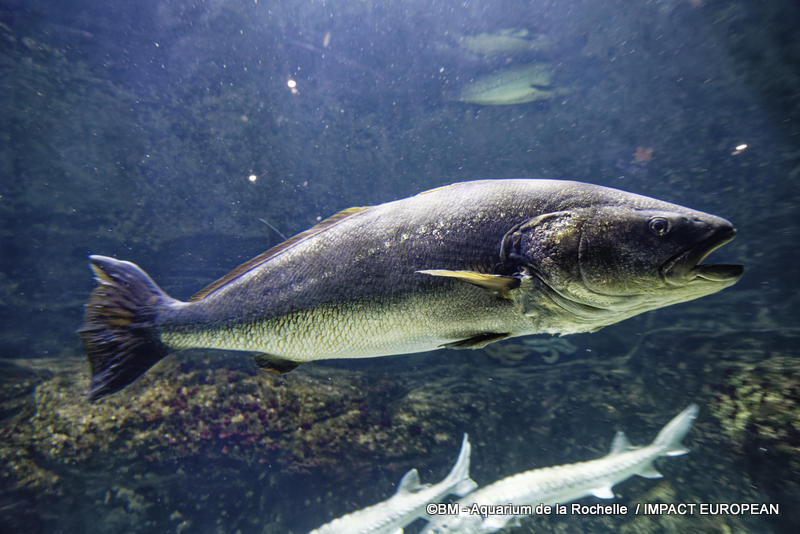
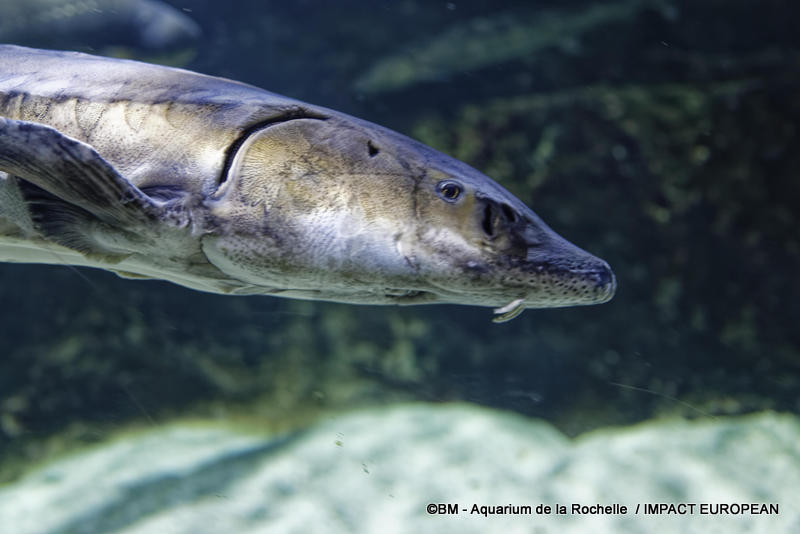
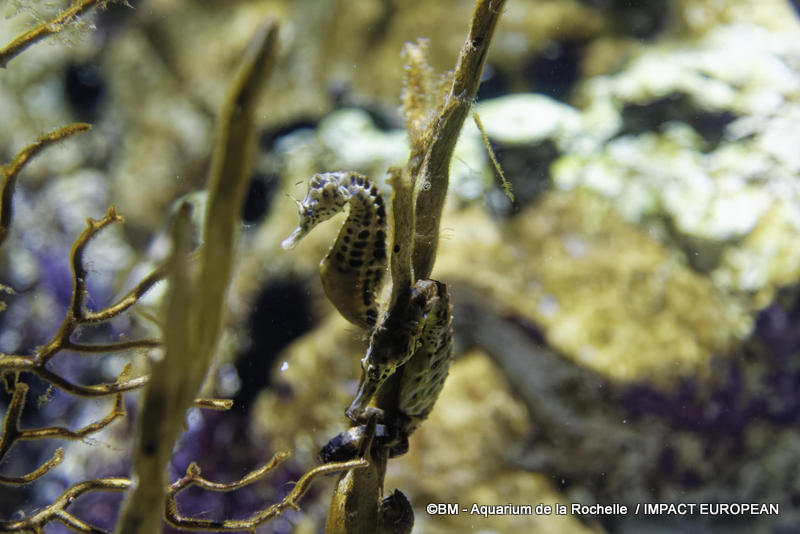
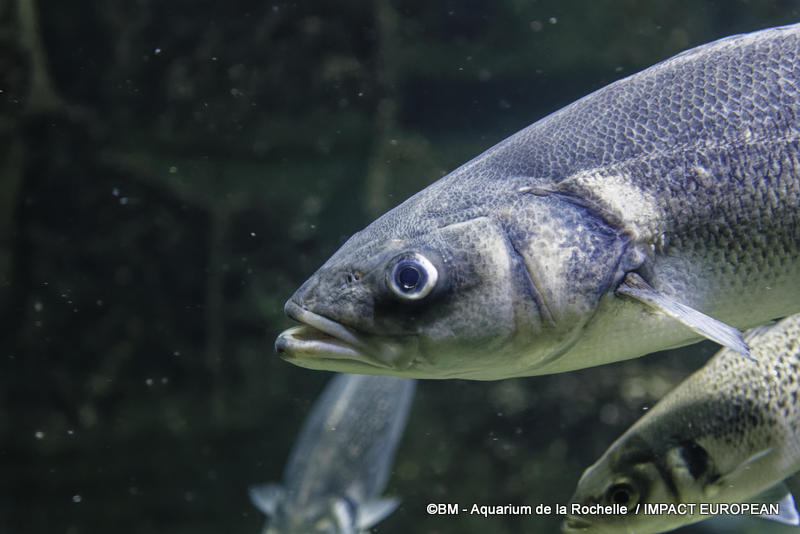
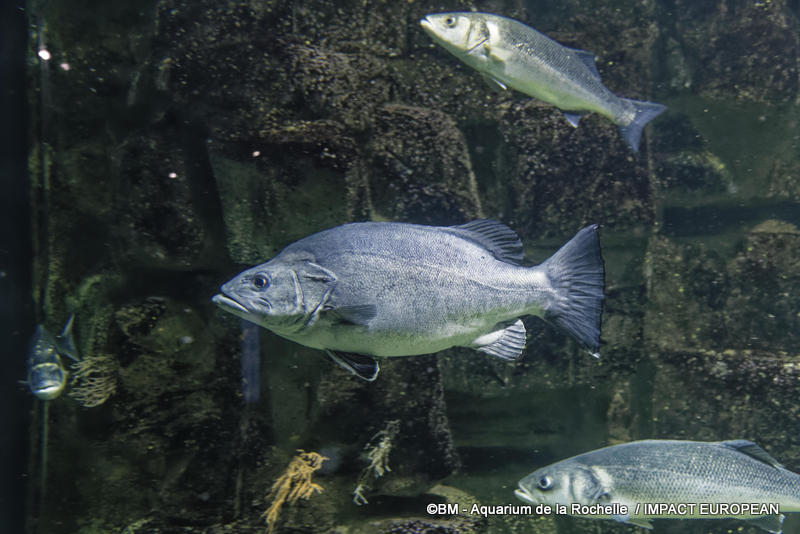
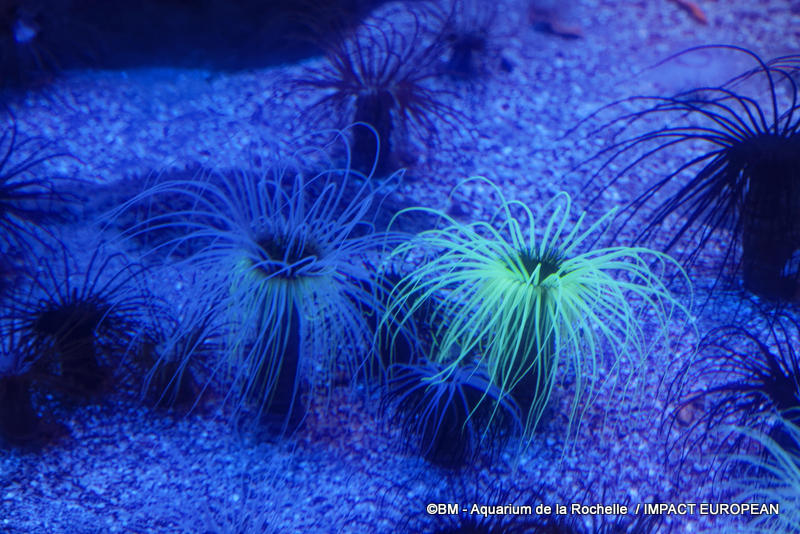
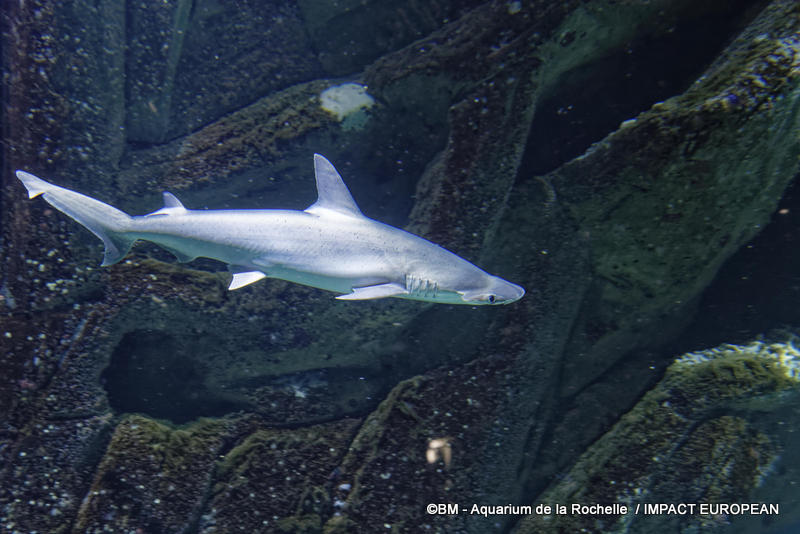
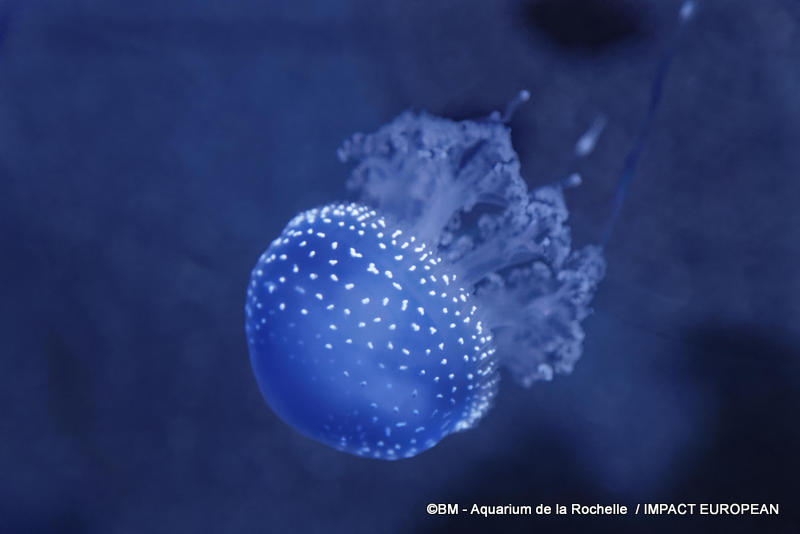
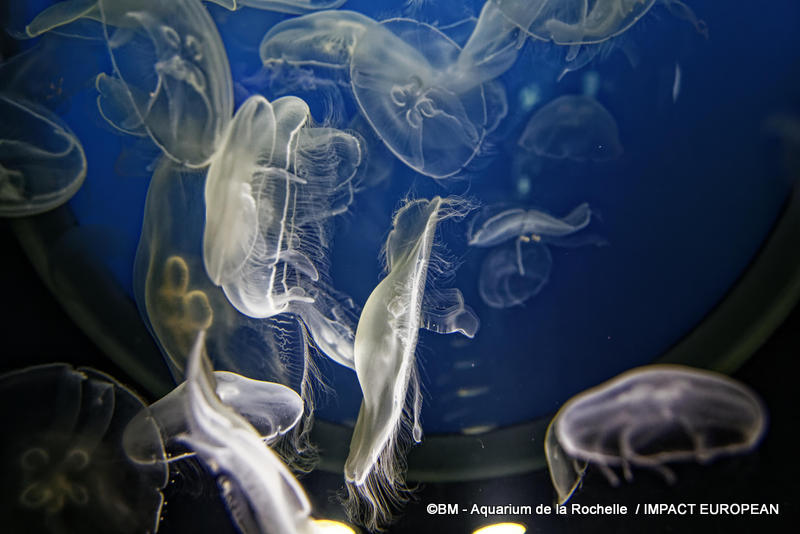
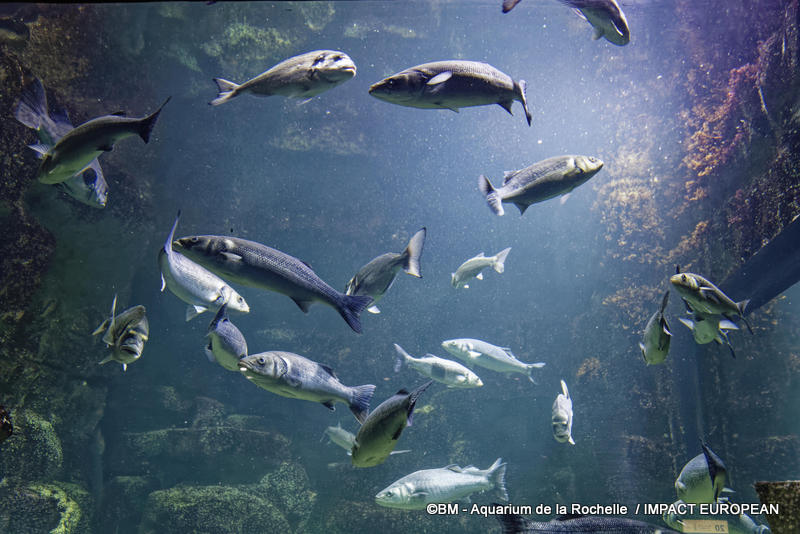
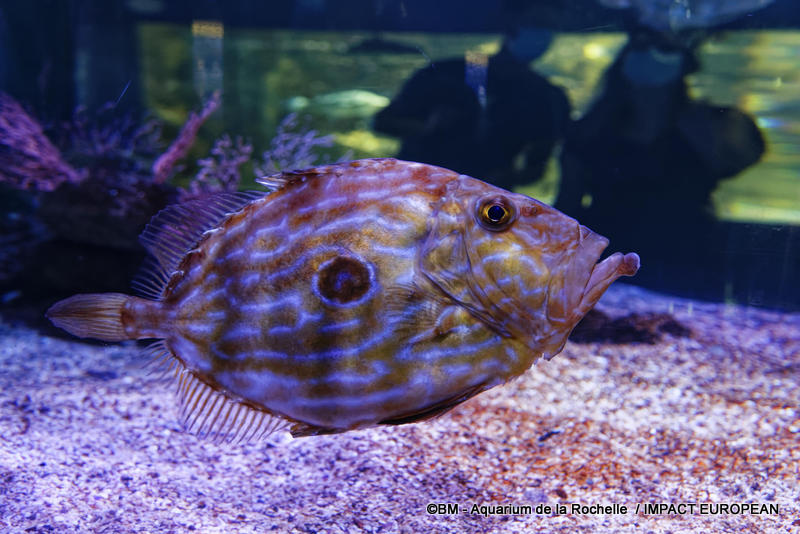

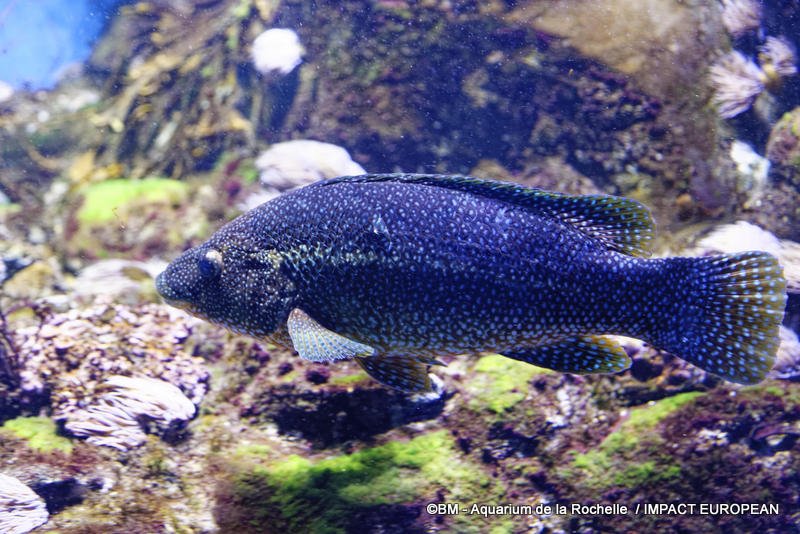
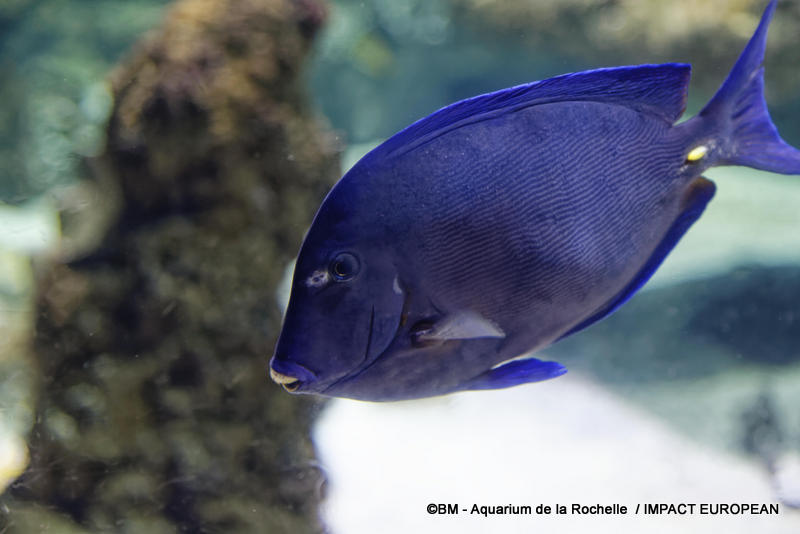

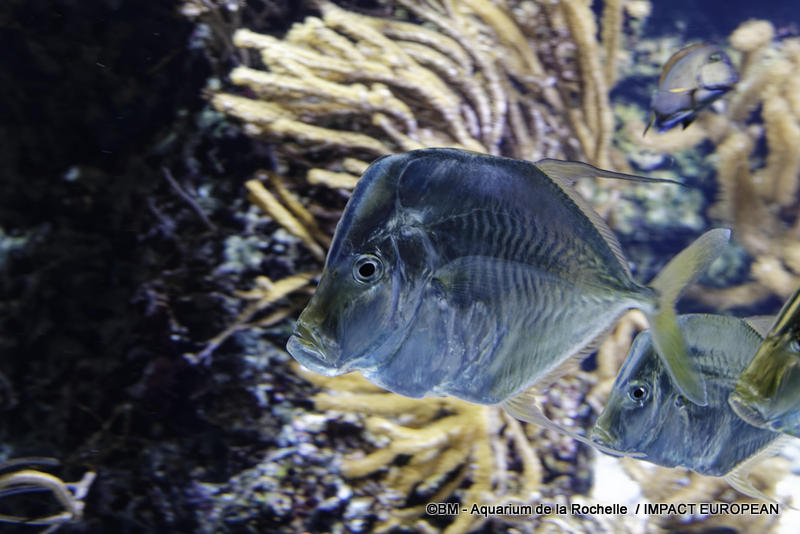

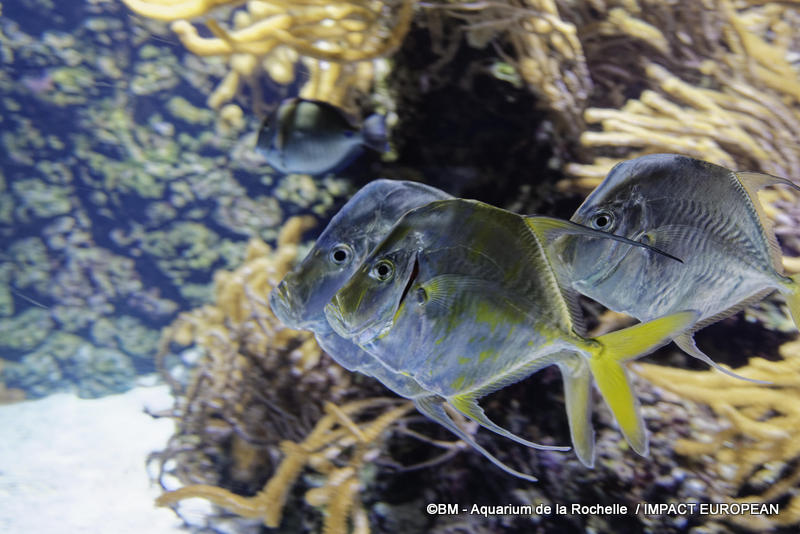
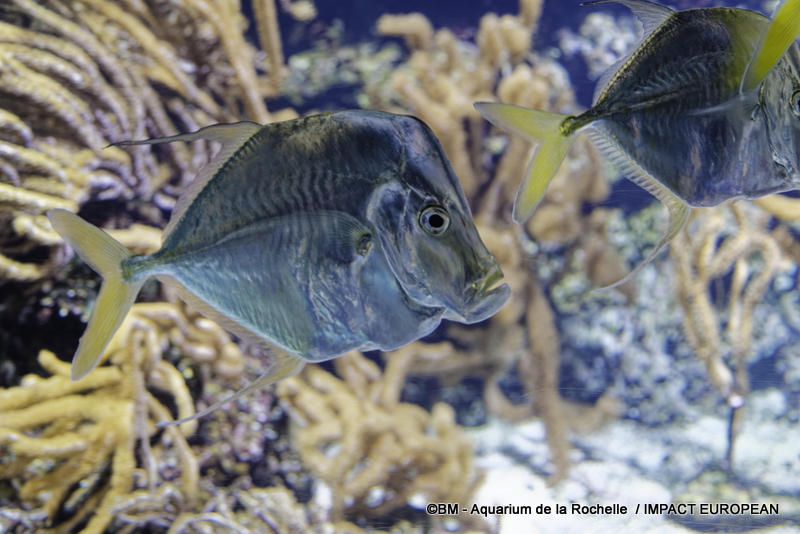
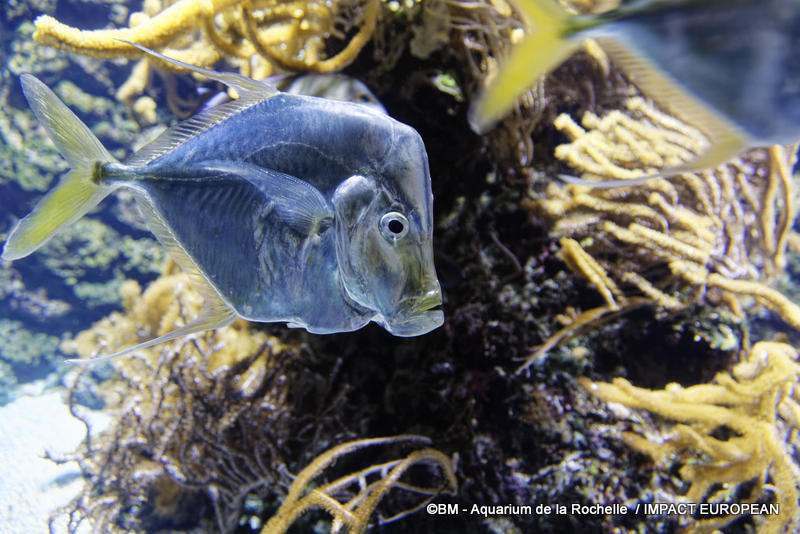
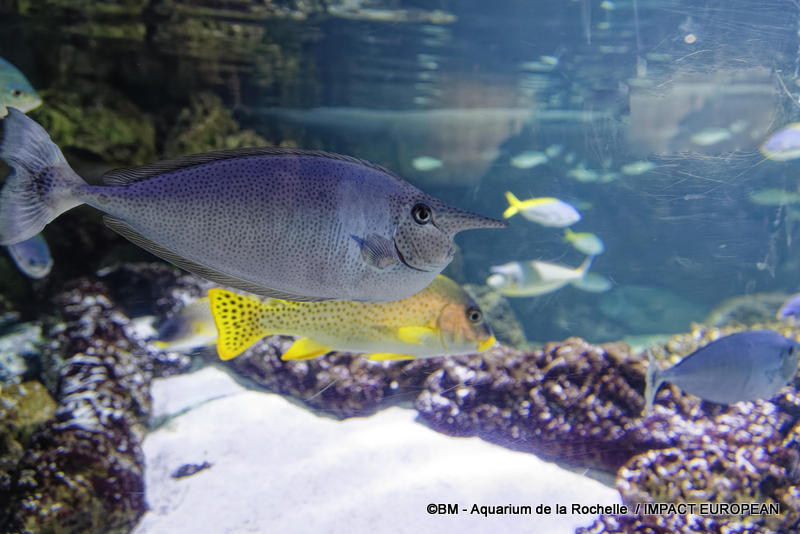
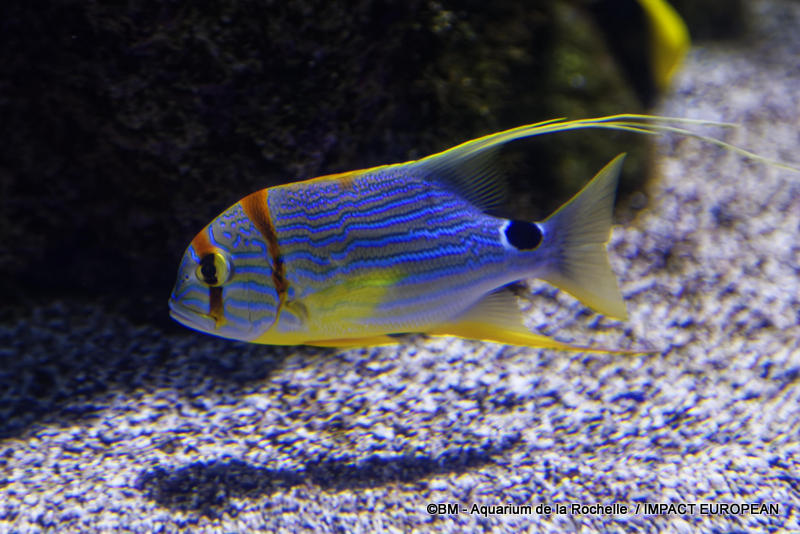
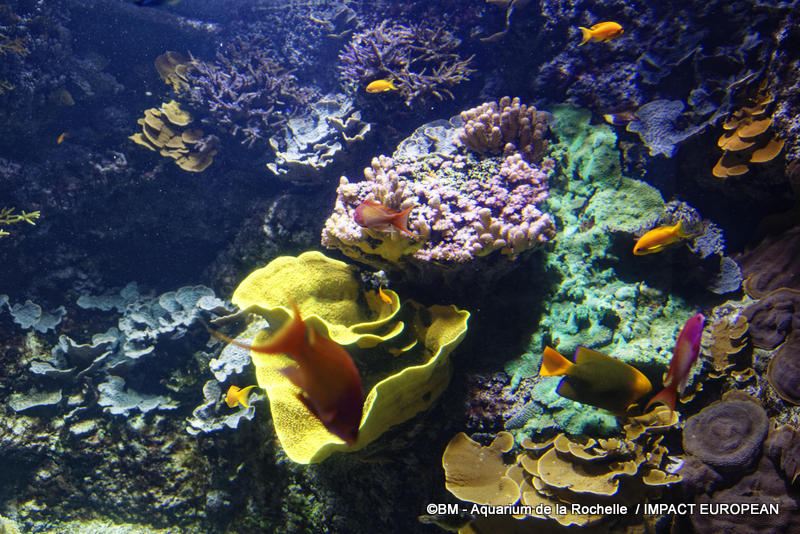
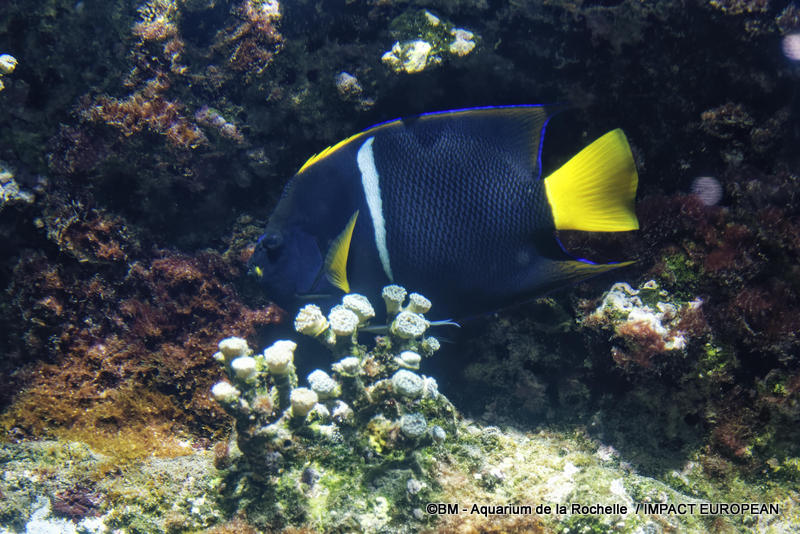
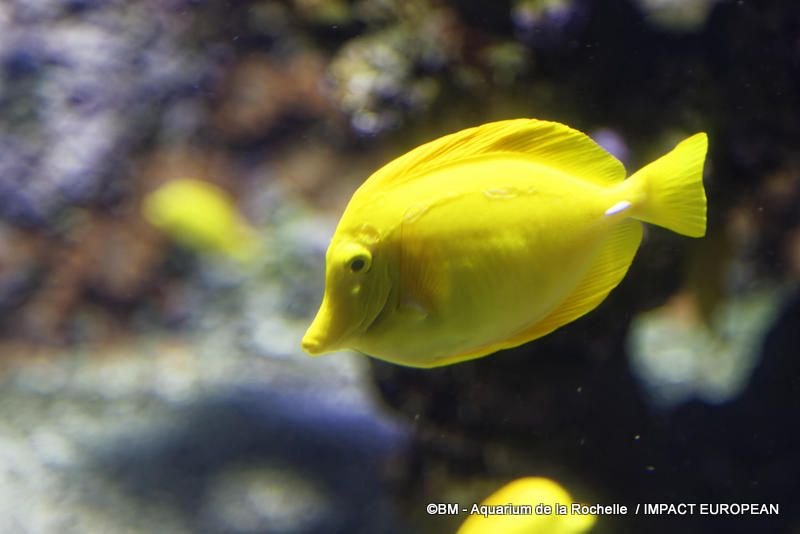

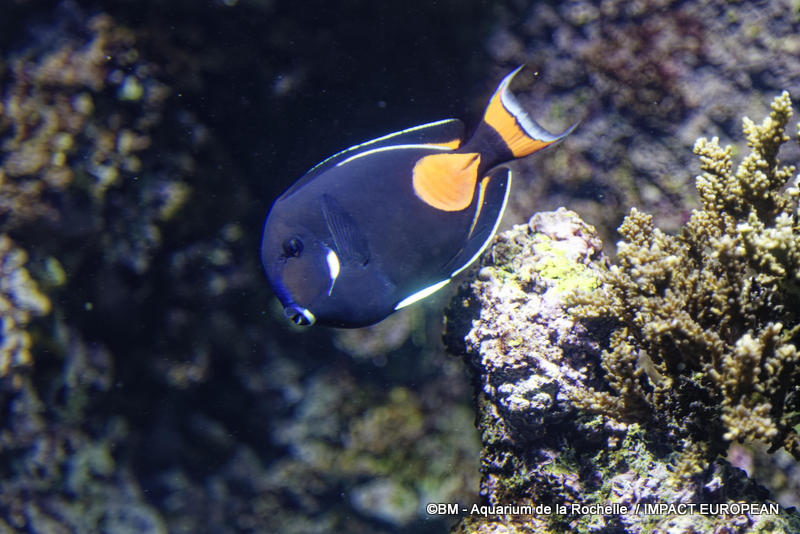
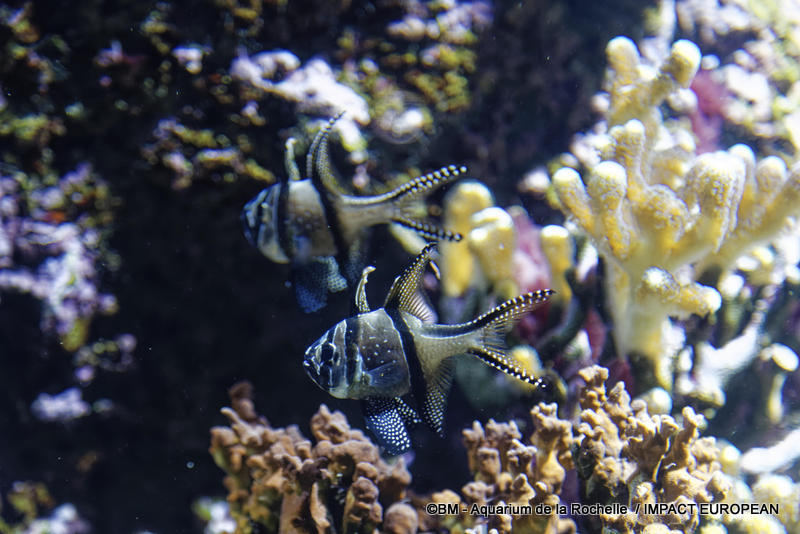
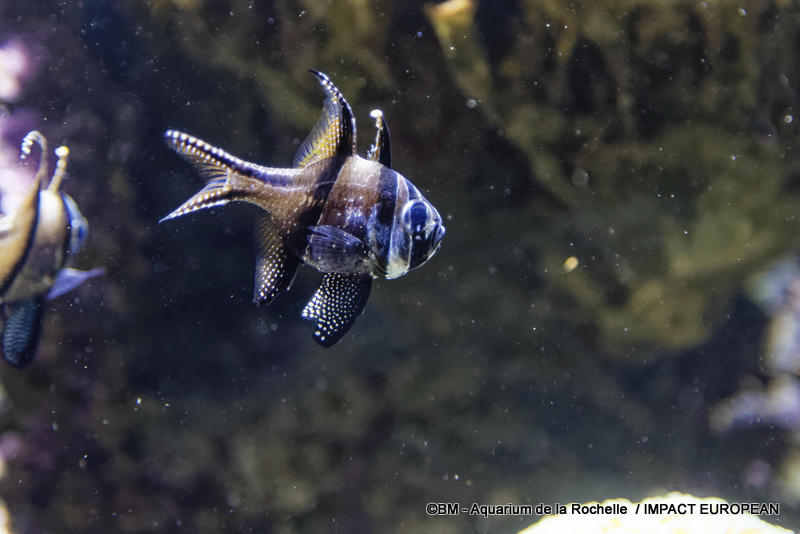
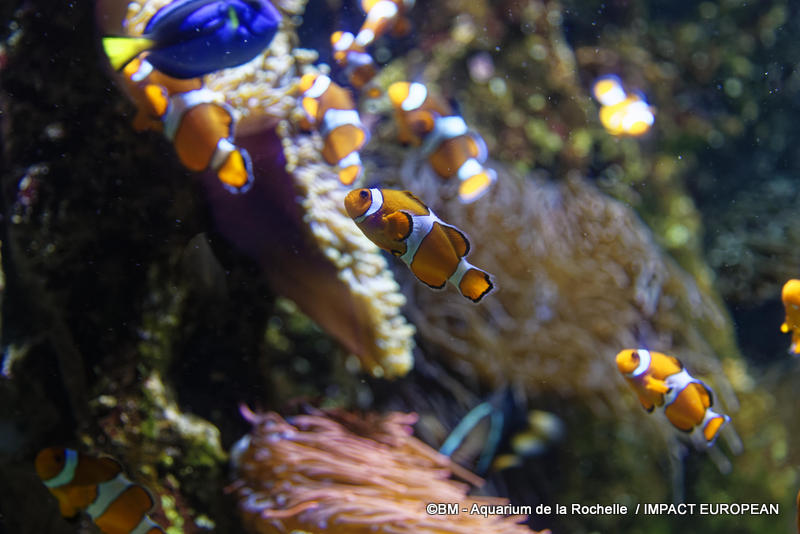
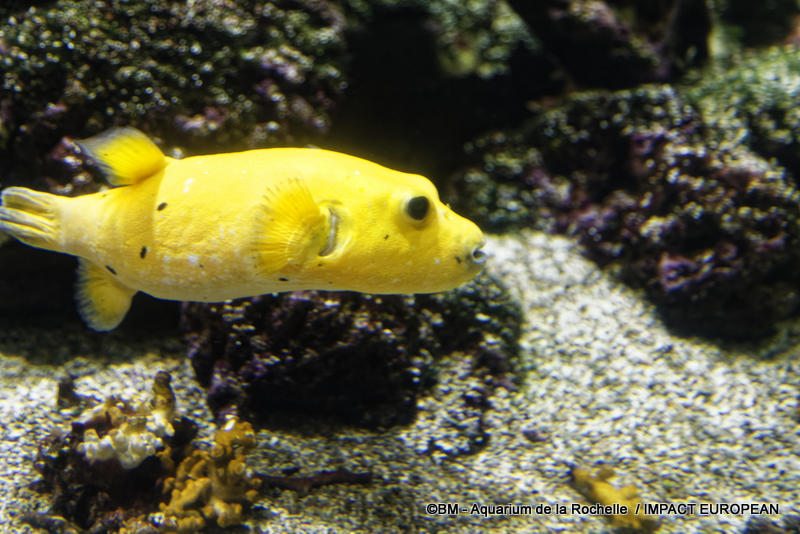
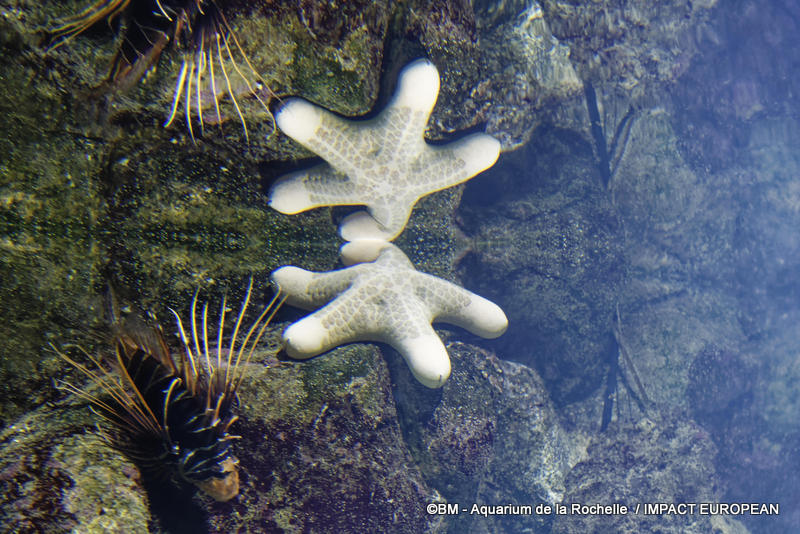

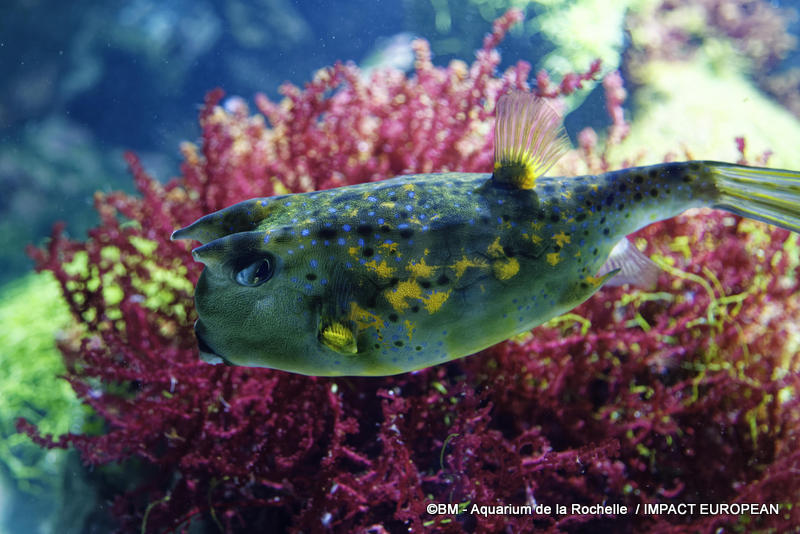
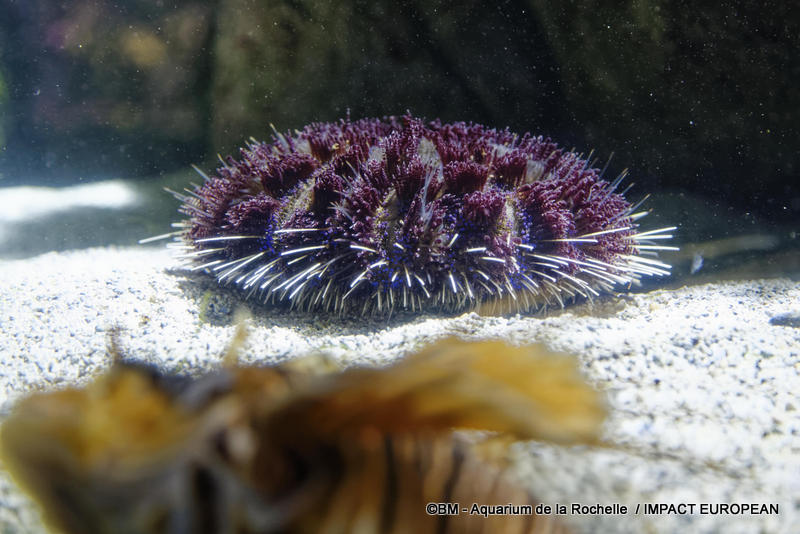
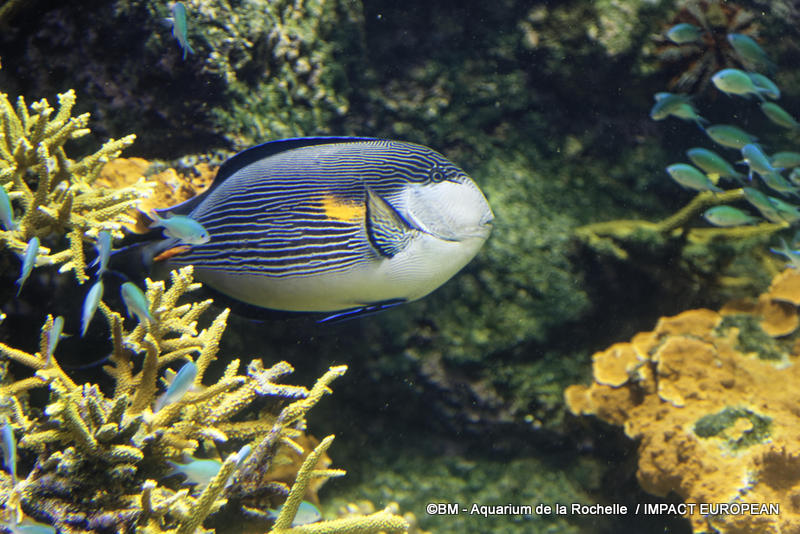

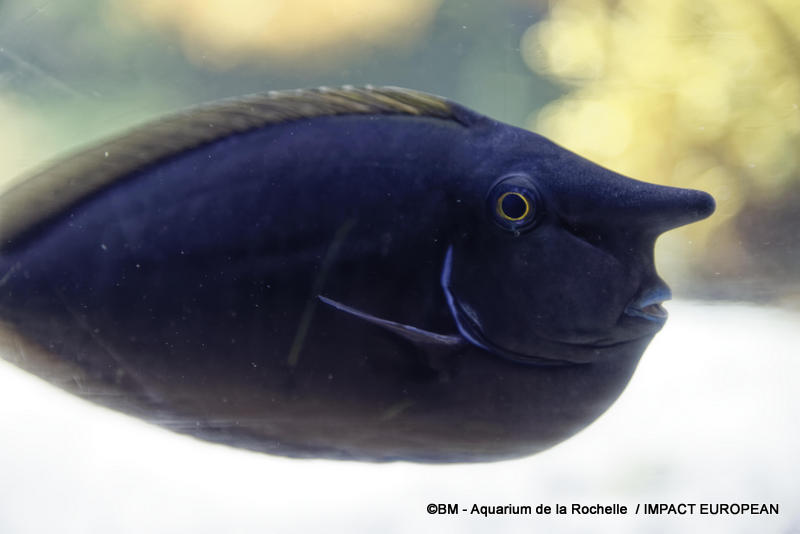
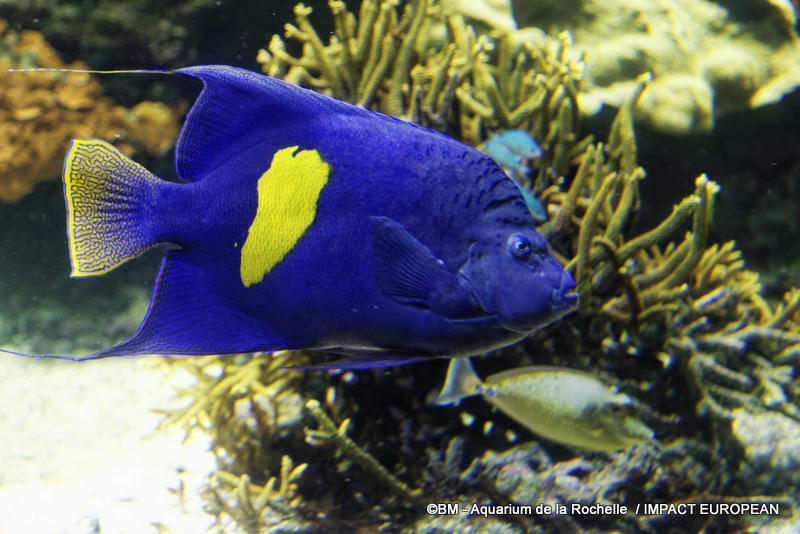
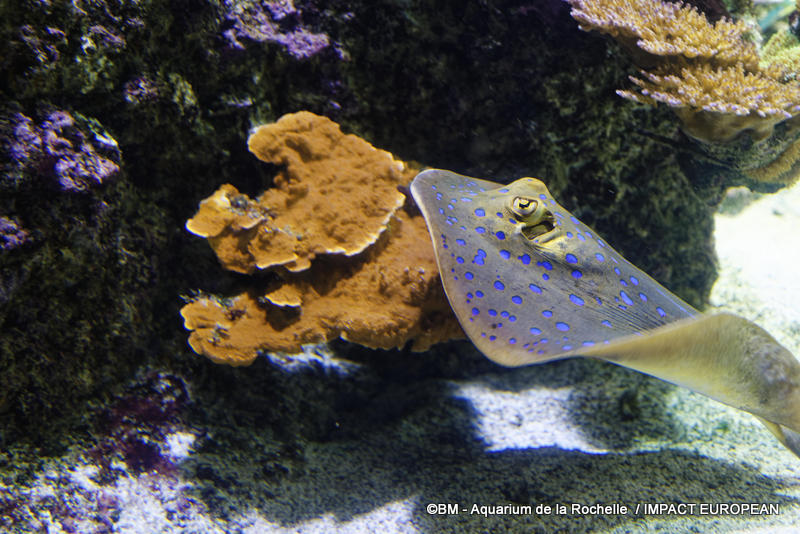
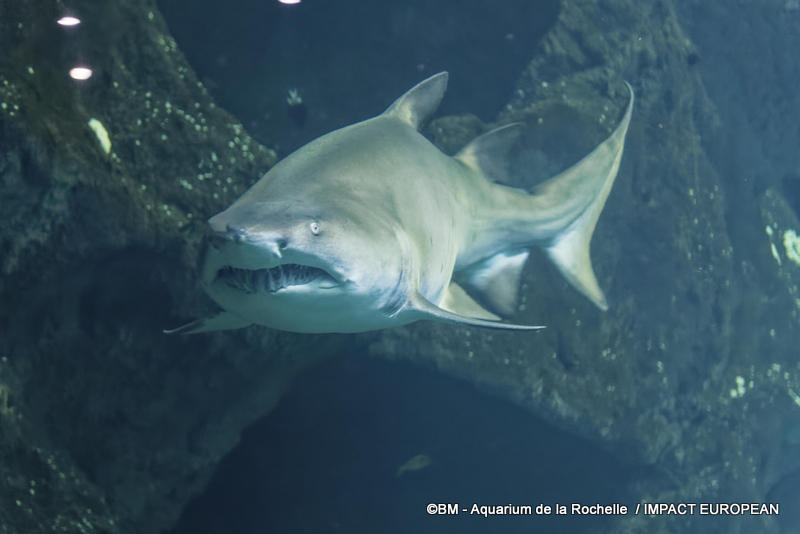
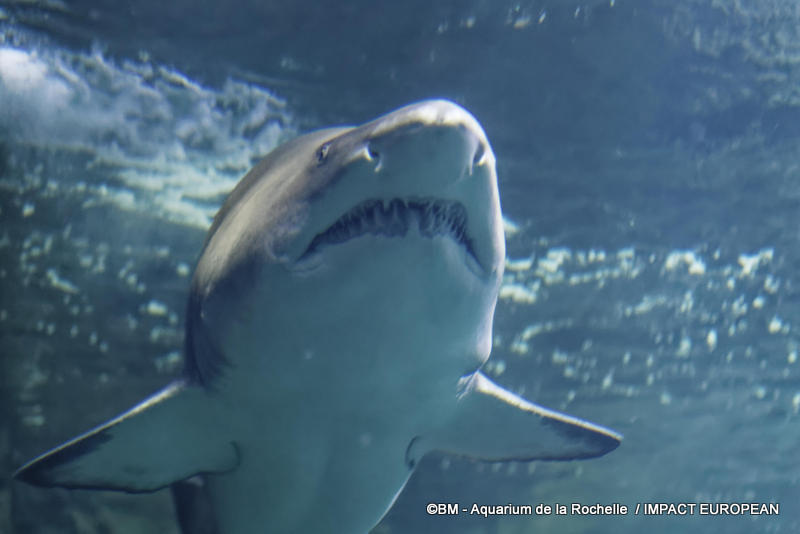
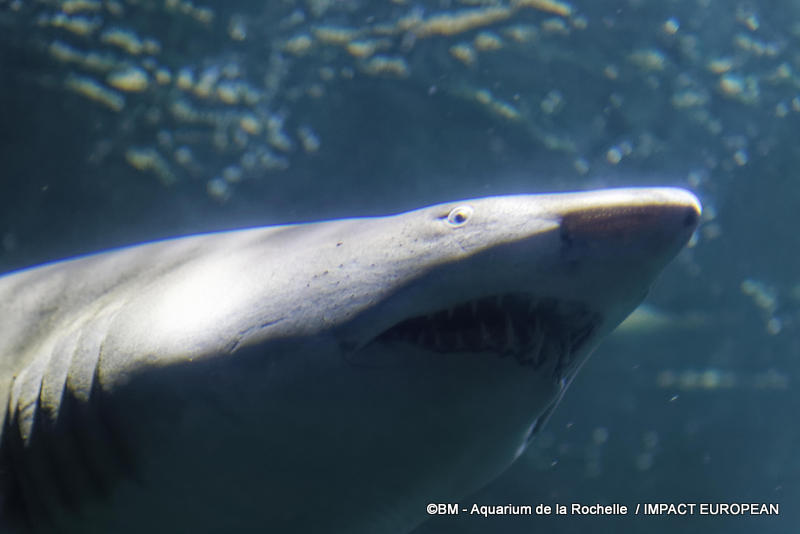
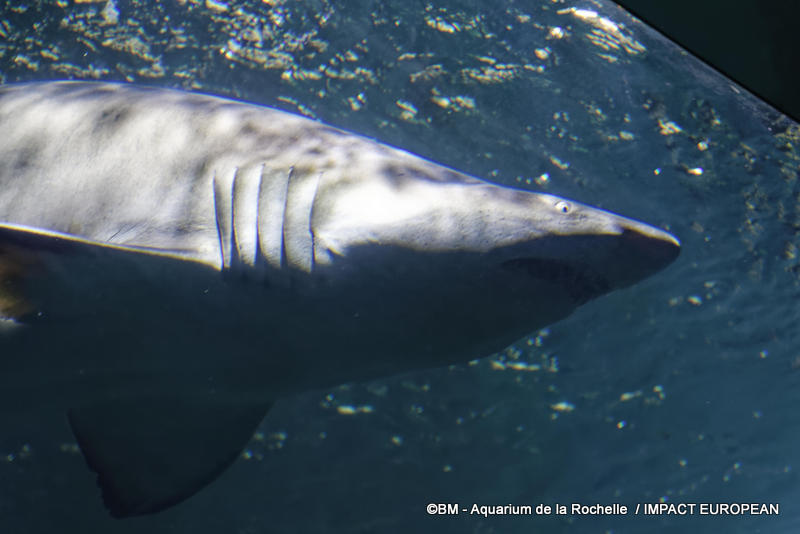
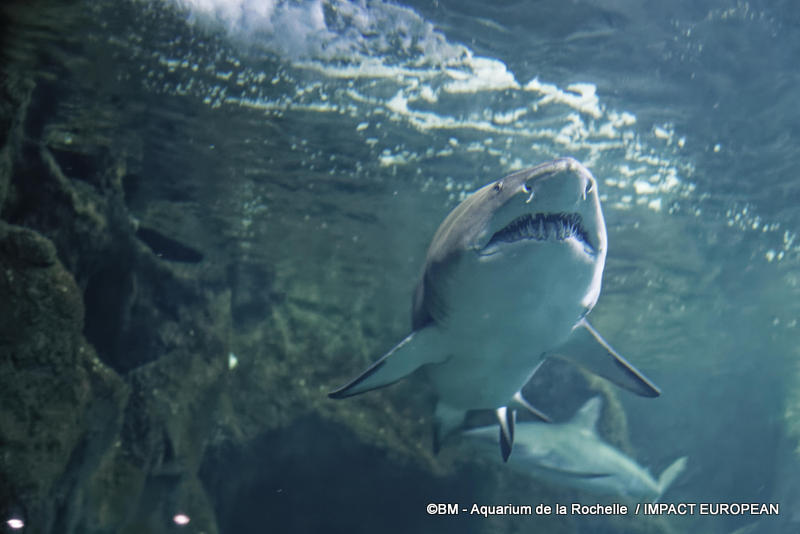
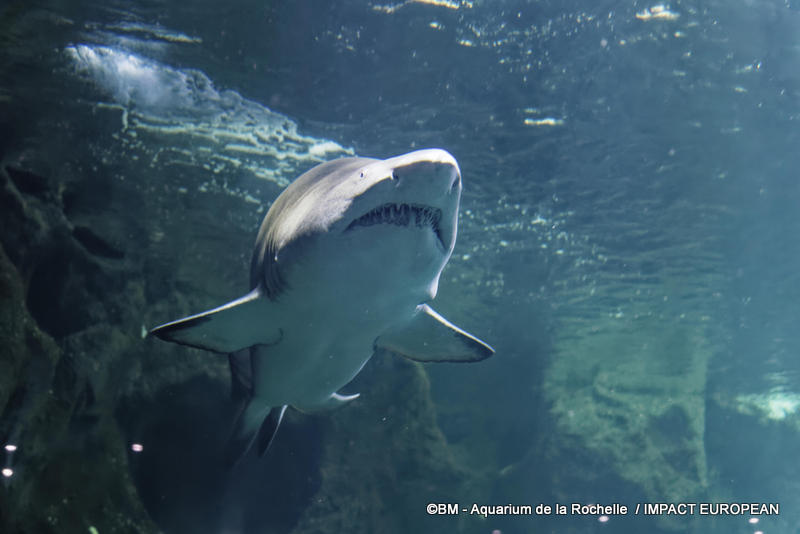
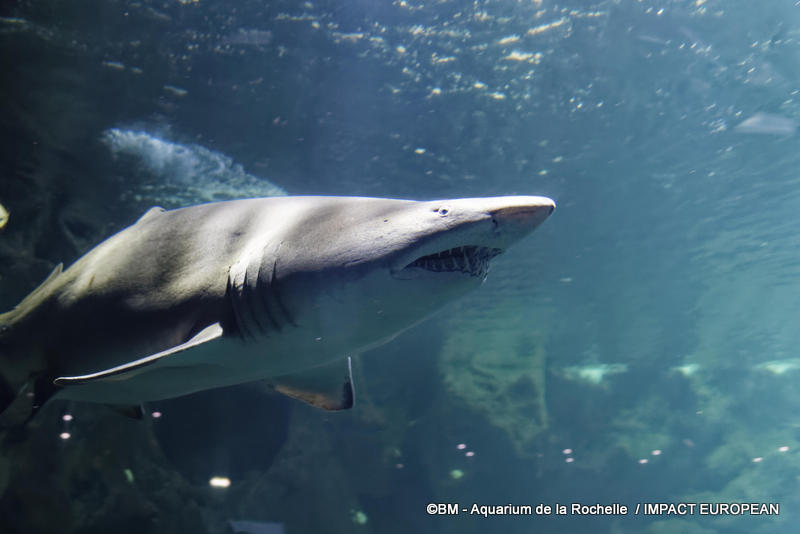
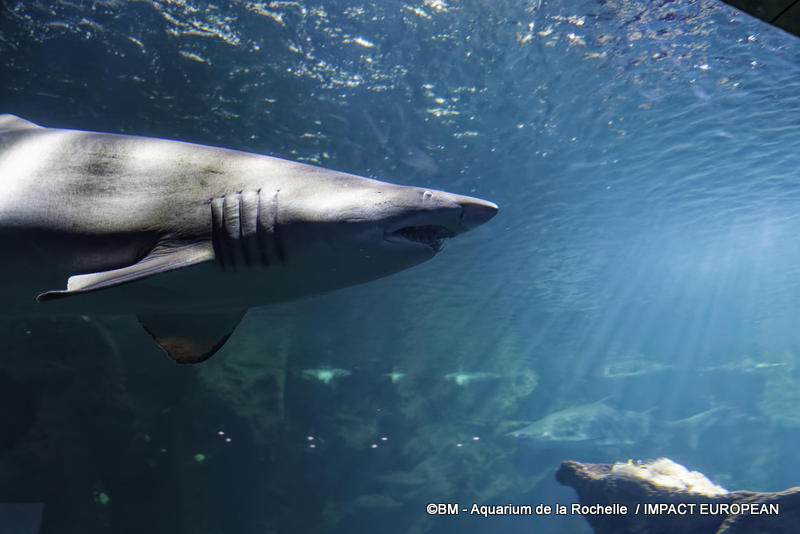
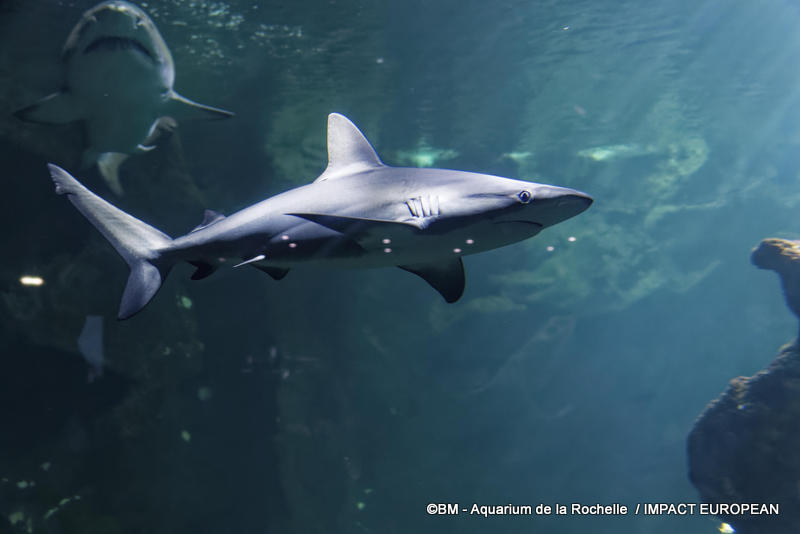

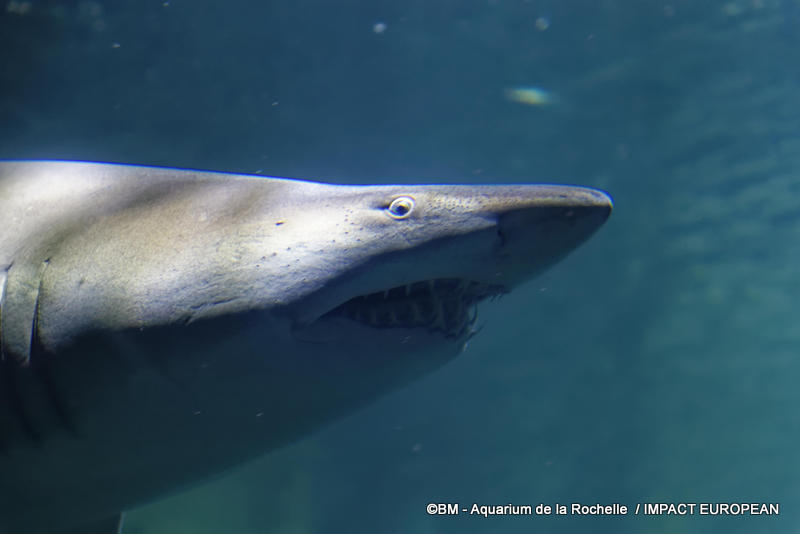
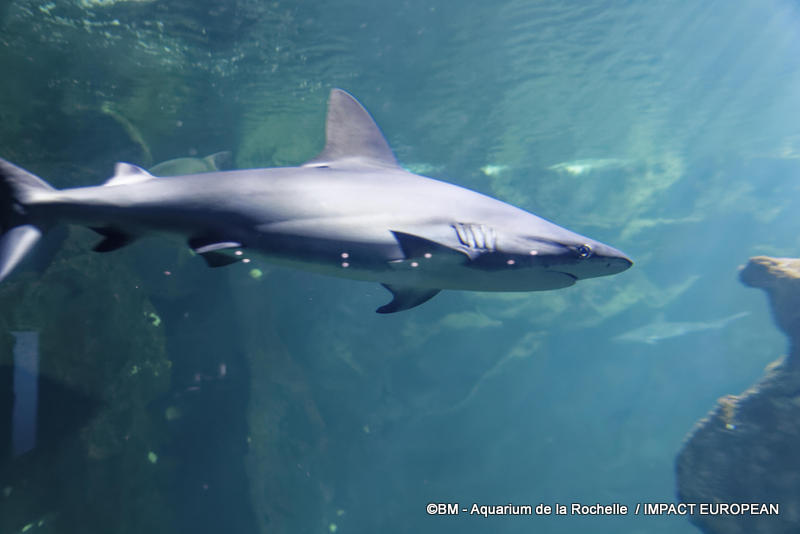
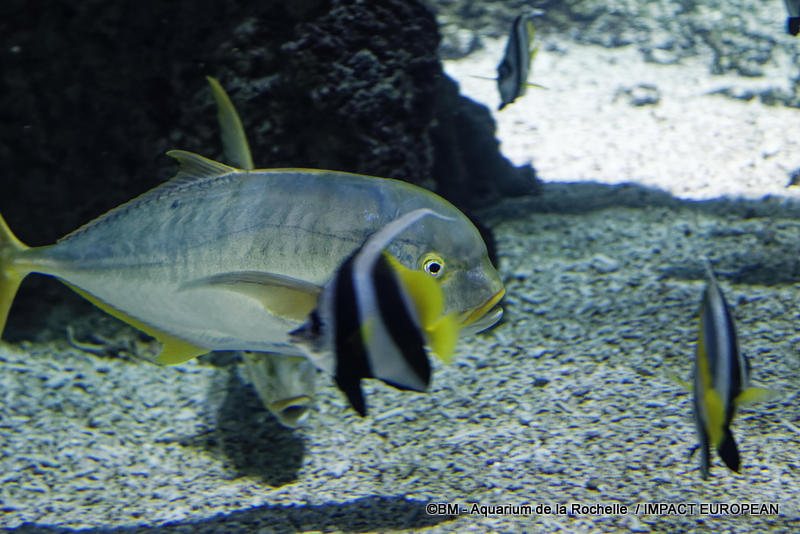
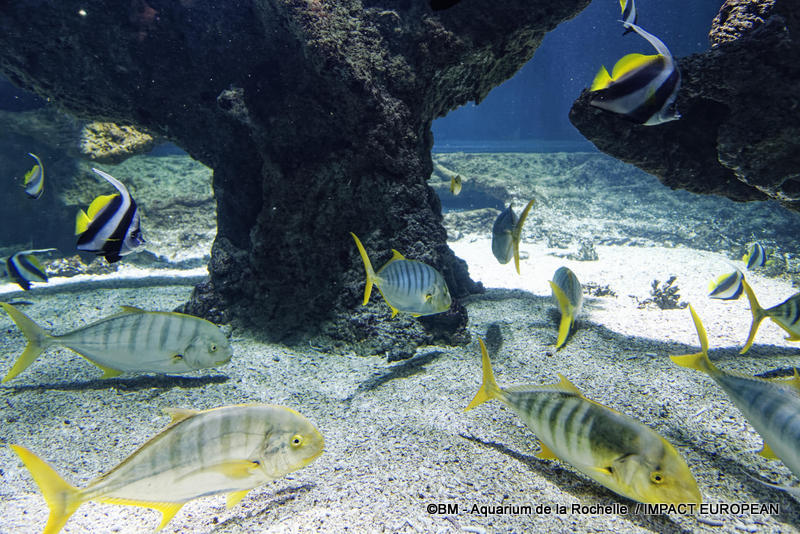



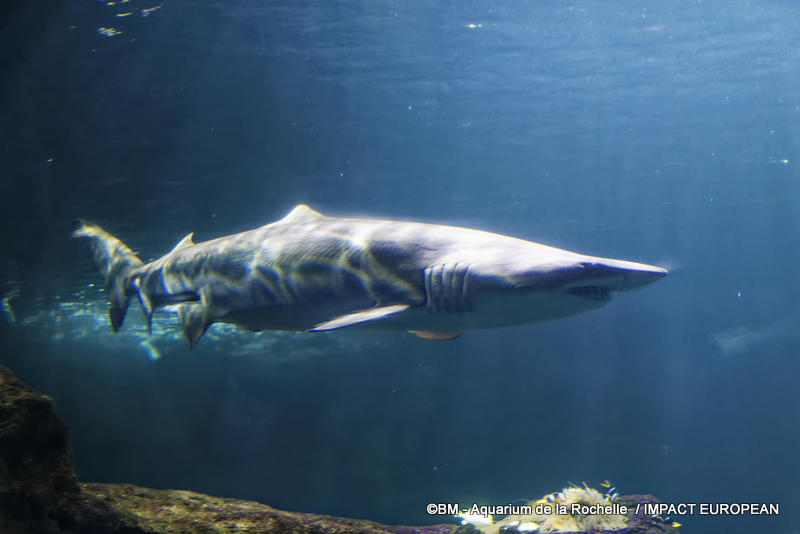
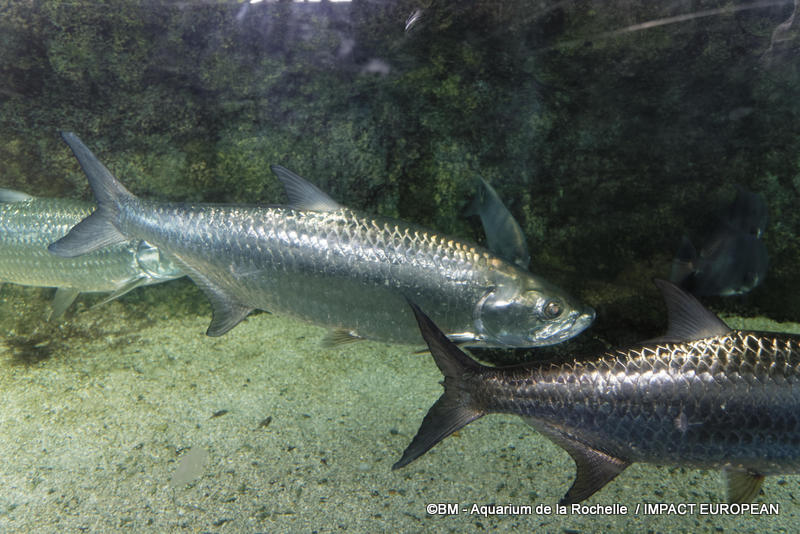
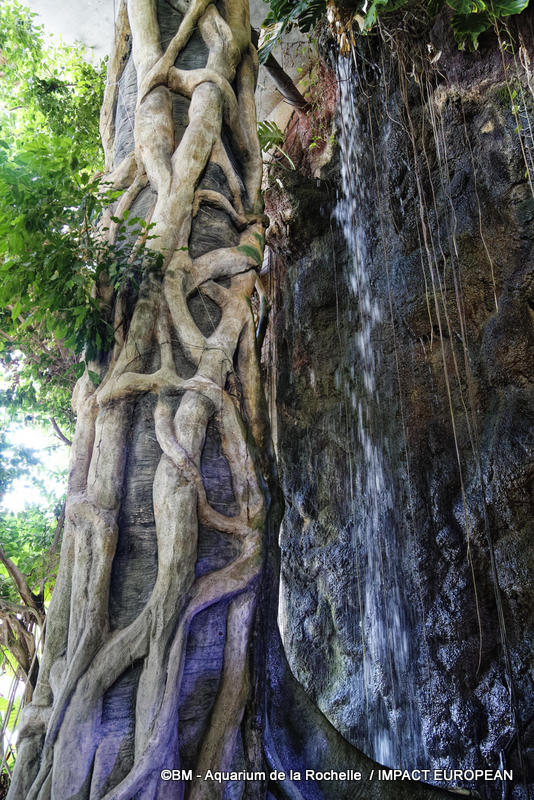
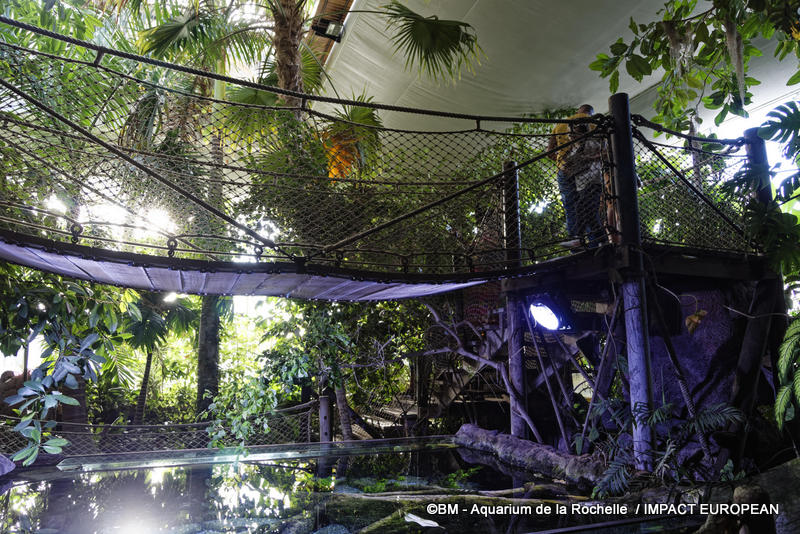
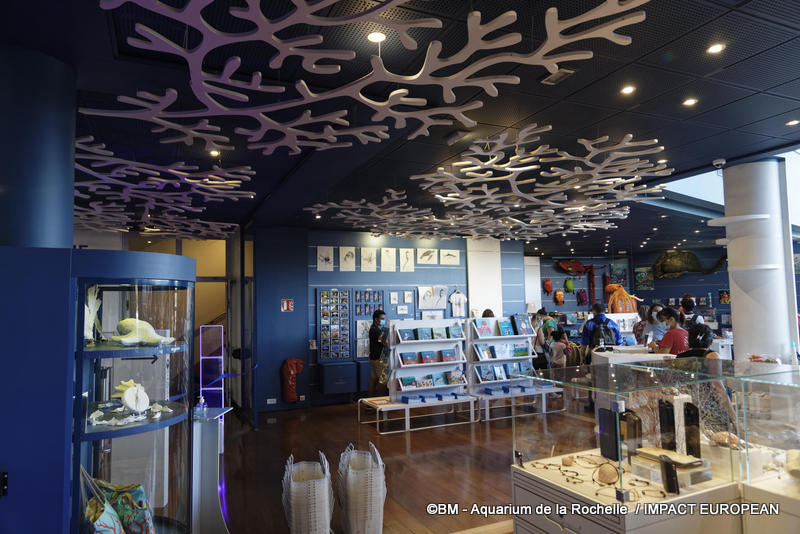
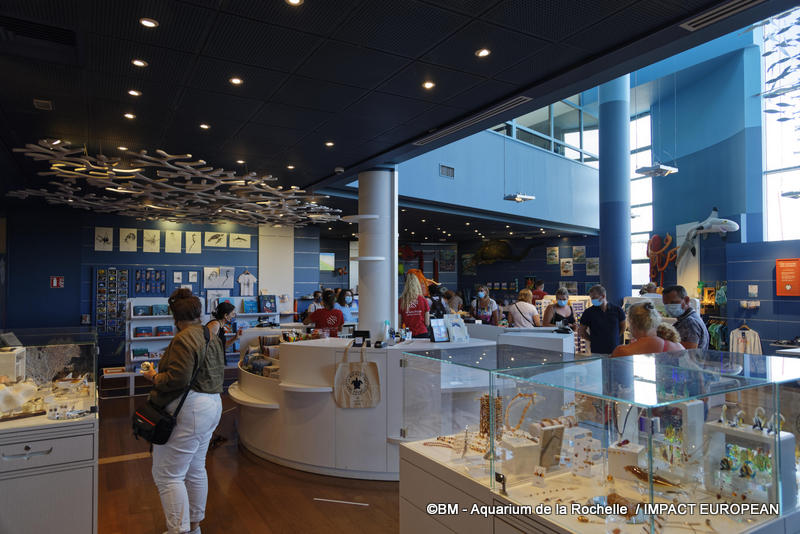
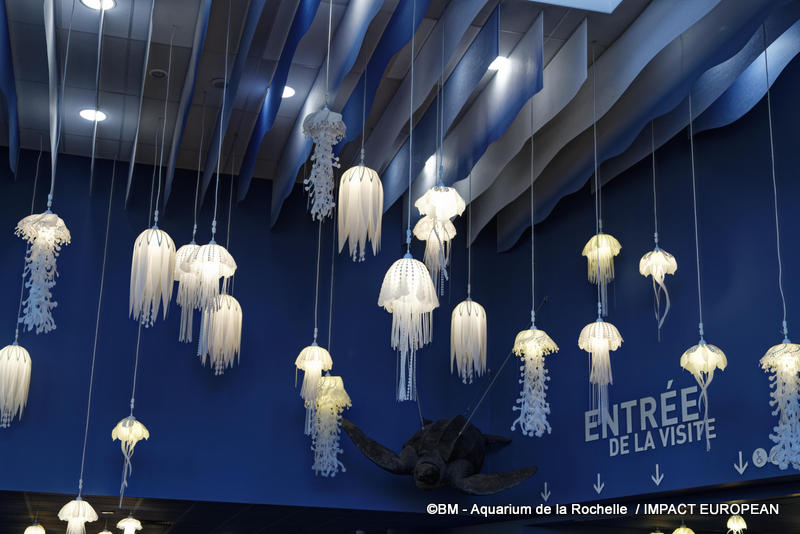
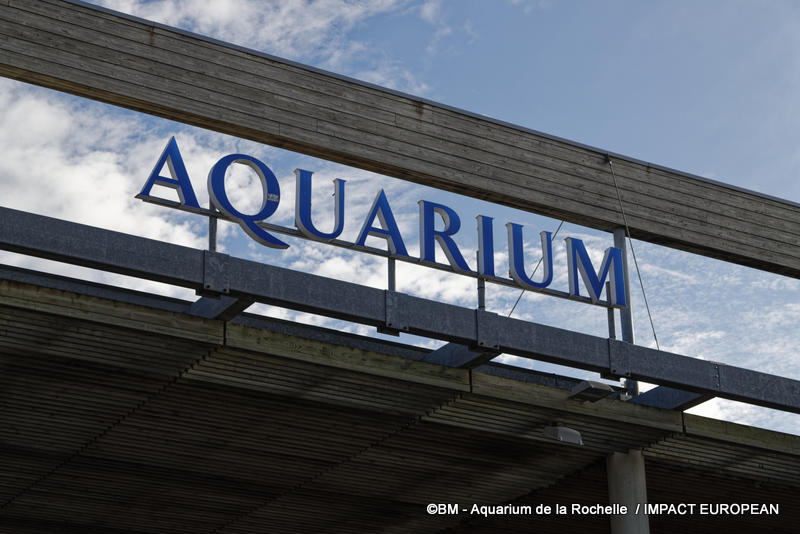
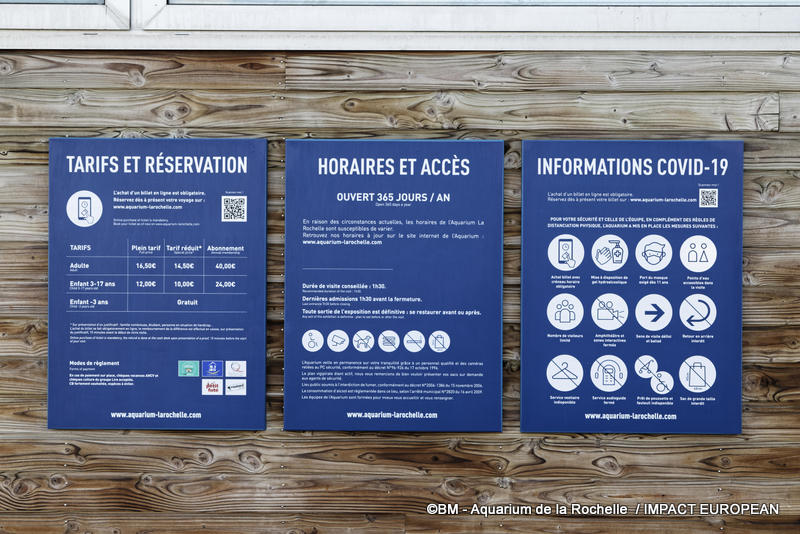
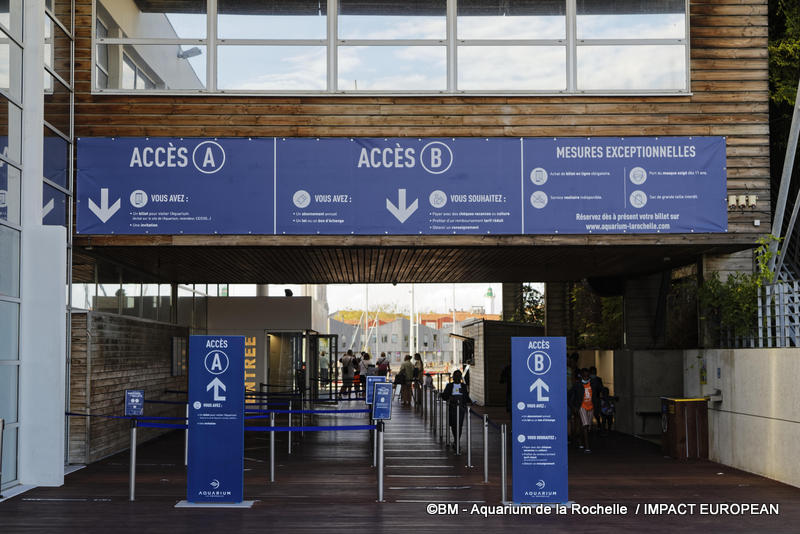
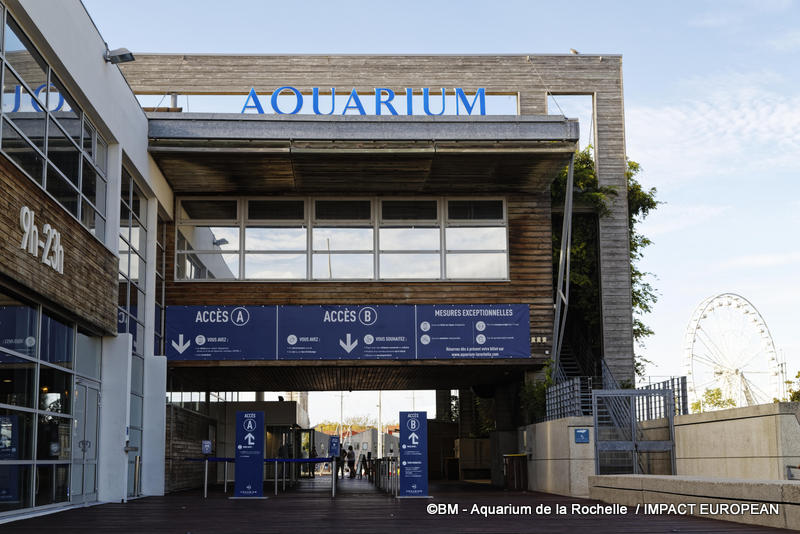
More Stories
METAL D’ALCOVE, the workshop of Eric KATZ, lighting sculptor in Montmartre
Paris Marathon 2024: Victory for Ethiopians at the Paris marathon
Gelsomina